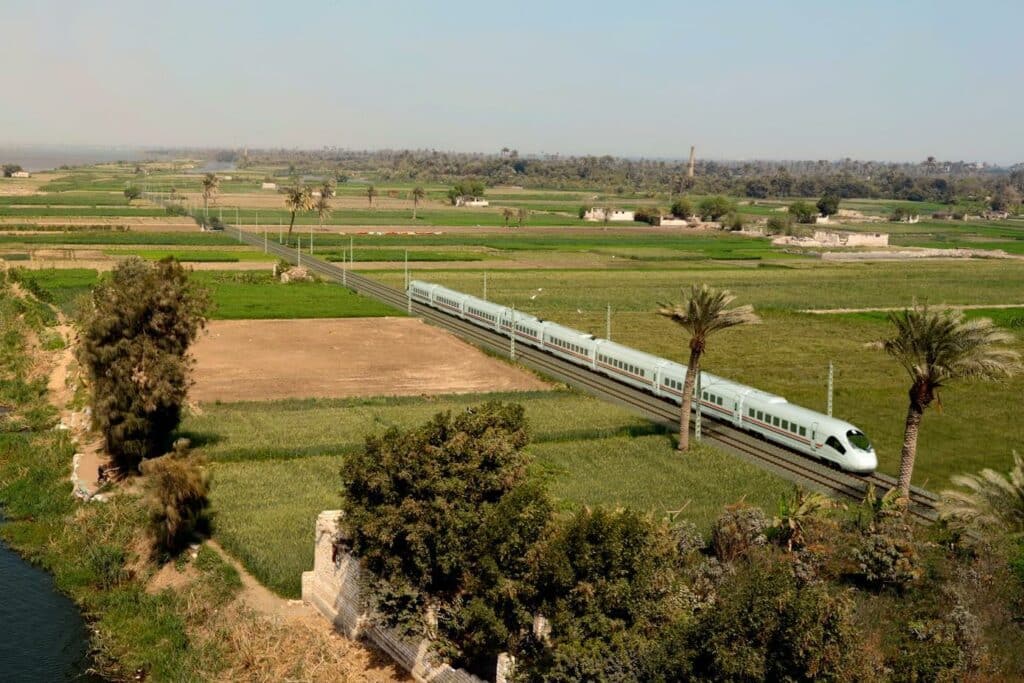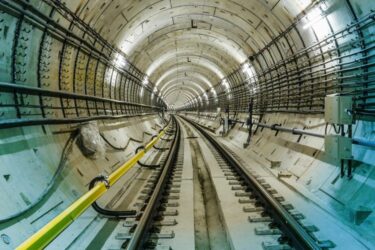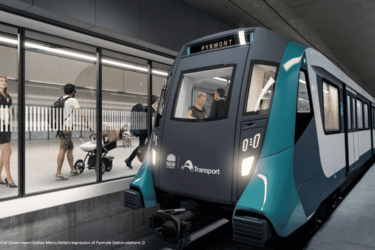Egypt’s public transport system is set to undergo a major transformation, with a proposed integrated high-speed electric railway network linking the Red Sea to the Mediterranean coast.
CHALLENGE
The Egypt High Speed Rail project aims to transport passengers, tourists, and cargo along Egypt’s Eastern and Northern coasts, Luxor and Aswan, and link Egypt with neighbouring countries. The 1825km network will connect 60 stations throughout the country and enable around 500 million journeys a year, with trains that can operate at up to 230km/hr.

approach
SYSTRA has been selected by Egypt’s National Authority for Tunnels (NAT) to supervise the construction of Phase 1 of a new high-speed rail network as Employer’s Representative, a role equivalent to that of Assistant to the Project Owner.
SYSTRA is supervising project management of phase one, which represents 660km of the 1825km of high-speed rail line planned and will serve 21 stations. The route, which will be used for both passengers and freight, will support the Egyptian government’s plan to develop ports, including Sokhna on the west coast of the Gulf of Suez, and logistics zones.
The NAT has divided the implementation of the project into two lots, with SYSTRA responsible for supervising:
- A civil engineering lot covering the construction of stations and their equipment, engineering structures, tunnels, track earthworks and the various main and secondary depots, including the supply of ballast and sleepers.
- A lot dedicated to systems which will supply signalling, power supply and ticketing systems, and the installation of the track, independent safety certification, rolling stock and maintenance for 15 years.
benefit
Once the project is completed, approximately 90% of Egyptians will have access to a modern, safe, and integrated rail system. With a modal shift to train transport, the fully electrified network will cut carbon emissions by 70% compared to current car or bus transport, supporting Egypt’s efforts in transforming its mobility to a more sustainable one.
 Brazil
Brazil  Canada
Canada  China
China  Denmark
Denmark  France
France  India
India  Indonesia
Indonesia  Ireland
Ireland  Italy
Italy  Malaysia
Malaysia  Norway
Norway  New Zealand
New Zealand  Poland
Poland  Saudi Arabia
Saudi Arabia  Singapore
Singapore  South Korea
South Korea  Sweden
Sweden  Taiwan
Taiwan  Thailand
Thailand  United Kingdom
United Kingdom  United States
United States  Vietnam
Vietnam 




